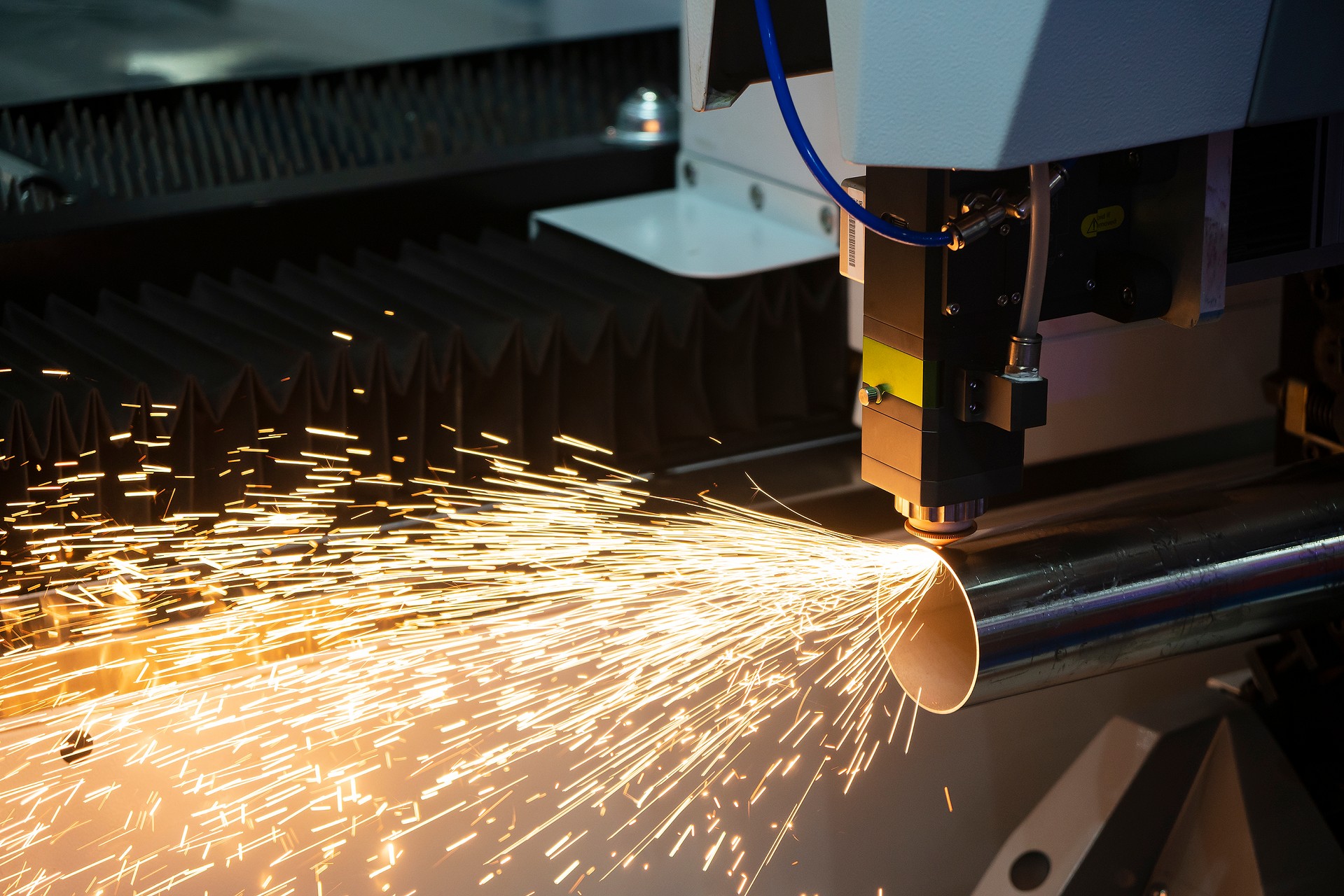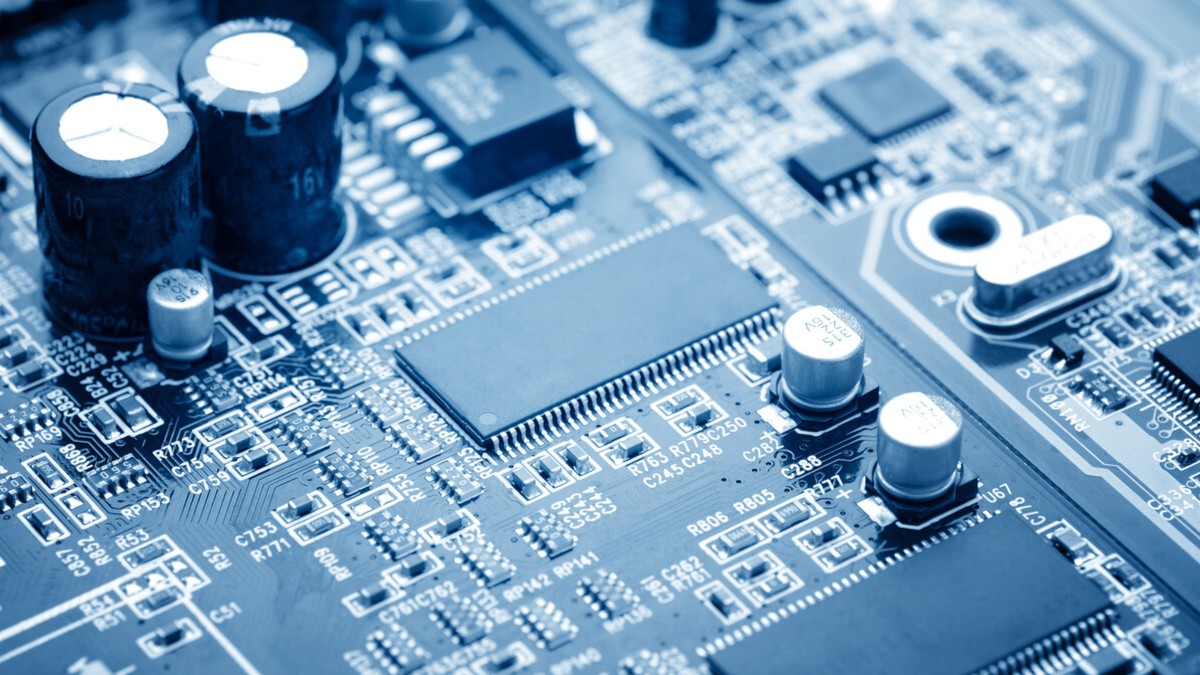In response to energy-saving trends, the automotive industry has developed Hybrid Electric Vehicles and Electric Vehicles. Hybrid electric vehicles and electric vehicles belong to the two major trends of the current Green Car development. According to their design concepts and structural differences, in fact, HEV and EV can each be subdivided into different types.
What are the classifications of oil-electric hybrid systems?
The basic structure of the HEV-Hybrid electric vehicle is the engine + electric motor (two power systems,) plus the control module, battery pack, etc. In terms of the matching method of the power system, it can be divided into three types: series, parallel, and series-parallel.
Hybrid oil-electric power system classification method 1: Series
Series Hybrid -The vehicle is mainly driven by an electric motor, and the engine is only used for power generation and charging.
The series Hybrid design is mainly driven by an electric motor, and the engine's working rate is usually lower than that of the motor. The motor is only used to drive the generator to generate electricity to supply the battery pack. The battery pack supplies the power required for the operation of the motor. Such a design is closer to the basis of EV electric vehicles, except that it has more generator sets (engines) onboard than EV electric vehicles.
The series Hybrid car is driven only by a motor, so its motor specifications are higher and larger. The advantage of this design is that the way to control the driving force is relatively simple. Just like an electric car, it only needs to control the current, and it does not need to be equipped with a gearbox like traditional engine cars. Another advantage is that the engine is only responsible for stable operation and power generation, so it is easier to control its pollution level, and the engine configuration location is also more flexible.
As for the disadvantage of the series Hybrid design, the engine is only used for power generation and charging, so the energy utilization efficiency is low and does not contribute to the performance of the vehicle. The Parallel Hybrid design is currently mostly used in large vehicles, such as Hybrid buses.
Hybrid oil-electric power system classification method 2: Parallel
Parallel Hybrid -The engine is directly connected to the electric motor. The engine is the main driving force and the motor is the auxiliary.
Parallel Hybrid design is characterized by the direct connection between the engine and the motor, and the power output is on the same shaft. In this design, the engine is the main power system that drives the vehicle, and the electric motor is of an auxiliary nature. Because the motor is only an auxiliary position, it is mostly a small-power, miniaturized motor, and the motor is also a generator.
The parallel Hybrid design is based on the power system of the traditional engine. The advantage is that only a disc-shaped motor is added between the engine and the gearbox. The mechanical structure is not changed much from the traditional engine vehicle, so it is easier to implement. The addition of an electric motor can improve some comfort (such as quietness), but the disadvantage is that the motor provides a small fraction of the total power required, so has limited benefits in improving performance. It belongs to the design of Mild Hybrid.
Hybrid oil-electric power system classification method 3: Series and parallel
Series-parallel Hybrid -The THS (Toyota Hybrid System) uses planetary gear mechanisms to connect three power sources: the engine, the No. 1 motor and generator (MG1), and the No. 2 motor and generator (MG2). The three power systems are coordinated by a sophisticated PCU control system to drive the vehicle more efficiently.
Since there are as many as three power sources that make up this Hybrid system, and the motors must switch frequently between the two roles of the motor driving the vehicle or the generator charging the battery pack. Depending on the situation, the biggest challenge lies in the PCU control system. If the PCU is not competent it will cause other problems.
What are the classifications of electric vehicles?
EV Electric Vehicle Classification: Pure Electric Vehicle
As the name implies, an electric vehicle is a vehicle driven by an electric motor with a battery as an energy source. The English name is Electric car, or Electric vehicle, or EV for short. However, in fact, the so-called electric vehicles driven by electric motors have the following major categories:
Pure electric vehicles are only equipped with batteries, which are the only energy source for driving vehicles. Such vehicles are also called Battery only Electric Vehicles, or BEVs for short. (The battery pack must still be connected to an external power supply with a cable for charging.)
EV classification of electric vehicles: Plug-in Electric Vehicles
The Plug-in Hybrid Electric Vehicle, referred to as PHEV should belong to the category of HEV hybrid electric vehicles. It also has two power systems, an engine, and an electric motor, but it has one more set of power systems than HEV hybrid electric vehicles. The charging plug can use exclusive chargers, charging stations, or even household sockets to charge the battery packs on the car. When commuting in the metropolitan area for short-distance use, it can be driven in pure electric mode. In the medium and long-distance, the engine is the main source of power, supplemented by the electric motor, just like the operation mode of the HEV hybrid electric vehicle. Its battery pack capacity is smaller than pure electric vehicles but larger than HEV.
EV Electric Vehicle Classification: Extended Range Engine EV Electric Vehicle. The extended-range engine EV can be represented by the Audi A1 e-Tron. Although the vehicle is fully driven by an electric motor, it is also equipped with a small displacement rotor engine, which is designed to charge the battery pack. It can increase the mileage due to its design, so it is called an extended-range engine electric vehicle.
EV Electric Vehicle Classification: Hydrogen Fuel Cell Electric Vehicle
Hydrogen fuel cell electric vehicles, also known as Fuel Cell Electric Vehicles, (FCEV) use electric motors as power sources. Hydrogen fuel cells use hydrogen or hydrogen-containing substances and oxygen in the air to generate electricity which drives an electric motor to power the vehicle. The threshold for the popularization of fuel cells lies in the storage and replenishment of hydrogen. The production of hydrogen also requires energy consumption and creates carbon emissions.
Solar-powered electric vehicles use solar panels to generate electricity and power motors to drive the vehicles. The seemingly all-natural way to obtain energy is completely subject to weather conditions.
Ultimate Green Car-Pure Electric Car
Pure electric vehicles have the advantages of zero fuel consumption, zero pollution, low noise, etc., and are regarded as a means of transportation in the post-oil era. However, battery technology, including volume reduction, capacity maximization, and fast charging technology etc. still need more critical breakthroughs. Otherwise, they will always be limited by the barriers of excessive weight and volume, and low endurance. Energy replenishment speed, and technological breakthroughs will be needed to achieve popularization.
Development Trends of Hybrid Electric Vehicles
Hybrid electric vehicles have become an international trend, and China's electric vehicle development advantages are also diversified.
Benefiting from China's new version of the new energy vehicle point system and the expansion of the market in Europe, the United States, and Japan, the market business opportunities for gasoline-electric hybrid vehicles have attracted much attention.
The Chinese government announced a new points system in June, and the importance of points for gasoline-electric hybrid vehicles has greatly increased. Originally, gasoline-electric hybrid vehicles were regarded as traditional vehicles in China and were not eligible for points. However, under the new system, they began to have the market value of points. In addition, Volkswagen also announced that in 2020, its mainstream cars will begin to introduce hybrid systems, which will expand the reach of the battery industry from mid-to-high-end cars to popular cars. While electric vehicles still need to overcome the infrastructure problems of the charging environment, traditional gasoline vehicles have begun to set off a wave of hybrid power parity.
The hybrid power market is currently divided into two major mainstreams, namely, the European-based Mild/Micro Hybrid, and the Japanese car manufacturer-based Strong Hybrid. In terms of the development of various countries, the main driving force of the hybrid power market still comes from the stricter emission regulations coming out year by year. Regarding the 48V micro-hybrid system, Europe is expected to fully implement the strict limit on carbon dioxide emissions to not exceed 95g/km from 2020 to 2021. This will especially affect the market for medium-sized mainstream cars which has a larger market share.
The introduction of gasoline-electric hybrid power systems in Europe was slow, as patents and cost were not advantageous. Gasoline vehicles, as well as less modified micro-hybrid/light-hybrid vehicles, that could meet the most basic emission standard requirements, and effectively control cost were the main vehicles manufactured. At present, the use of gasoline-electric hybrid power systems has been gradually extended to mainstream models.
As for Japan, it is mainly based on full hybrid power. Japan will form a market dominated mainly by hybrids and even plug-in hybrid electric vehicles (PHEVs). The main reason is that development is relatively early, so the overall investment in R&D is low to maintain vehicle cost at a mid-range price. With the decline in battery prices, Japanese automakers have also gradually switched from nickel-metal hydride batteries to lithium batteries. With the improvement of the charging environment, they have recently actively switched from mainly hybrid power to plug-in hybrid systems.
In recent years, China has also begun to pay attention to the fuel-saving rate of gasoline vehicles. The Chinese government plans to reduce the average fuel consumption from 6.9 to 5 L/100km from 2015 to 2020. New energy vehicles will become the key to meeting fuel consumption and emission requirements. China has been developing new energy vehicles for a long time but guided by the number of subsidies, most of them are pure electric vehicles. Hybrid power will become the main vehicle type in the European, American, and Japanese markets, and its growth rate will surpass that of pure electric vehicles. Whether China can keep up with the trend of hybrid power, driven by the new point system, will also be a focus of attention in the future.
The overall battery consumption of hybrid electric vehicles has grown by nearly 50%, and car manufacturers will give priority to lithium batteries
In terms of a battery system, although some car manufacturers have developed 12V or 48V micro-hybrid systems, the 48V design can support mild hybrid power. The overall battery design will still retain the 12V battery and will only switch when the load is heavy, such as into 48V to drive air-conditioning compressors. For hybrid vehicles with a voltage system above 12V, lead-acid batteries and lithium batteries can be selected. Lead-acid batteries have a low cost but take up a relatively high space. In order to achieve a lightweight design, most car manufacturers will give priority to lithium batteries for systems with voltages above 12V. Driven by the continued growth of petrol-electric hybrid vehicles above 12V, the overall battery consumption of petrol-electric hybrid vehicles (lithium and nickel-metal hydride batteries, excluding 12V lead-acid) in 2019 increased by 49% compared with last year.














